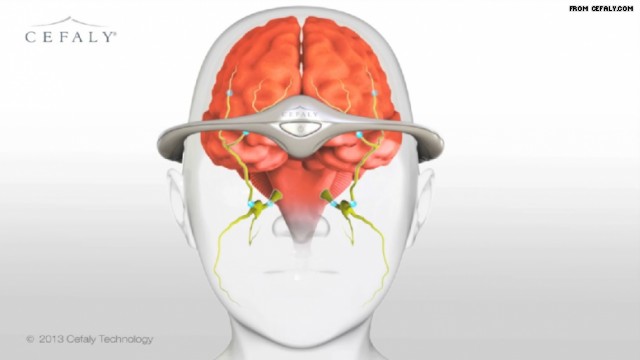Maintaining your overall health is all about a balanced diet, staying fit, and eating the right foods that give your body the nutrients it needs to function. Every day, though, it seems that there’s a new article or blog published on exactly what we should and shouldn’t eat. Fad diets and trends have been around for decades, convincing people to try crazy things like eating nothing but cabbage soup until the next new craze comes up. This year brings along more fad diets that have both benefits and risks for your health. Here are some of the top Nutrition Trends of 2014.
Gluten-Free Diets
Yes, the gluten-free bandwagon is still going strong, and more and more people are opting for gluten-free foods every day. With the trend still in high demand, there are even more gluten-free products on the store shelves. Everything from bread, cookies and flour are available in gluten-free form. Since gluten sensitivity has been linked to a variety of health problems, a gluten-free regimen may help increase energy, decrease bloating and improve digestion. A gluten-free diet can be very beneficial when it’s done right, but just remember, “gluten-free” doesn’t mean low fat! A gluten-free cookie is still a cookie, no matter what they call it. Those with a true gluten allergy – about 1% of the population – must stick to a strict gluten-free diet.
There are New regulations for Gluten-Free Food Labels!
Replacing Rice with Quinoa
One cup of cooked quinoa has 15% fewer carbohydrates and 60% more protein than a comparable amount of brown rice. It also has 25% more fiber, which can help lower blood cholesterol. Quinoa is one of the most sought-after superfoods and can have a variety of benefits for your health – it’s been linked to healthy weight loss, repair of damaged tissues, proper digestion and heart health. Add quinoa into your diet by using it as a salad ingredient or meal topper, and it’s also a good idea to use quinoa when a recipe suggests rice. Just practice moderation – eating only quinoa to lose weight will deplete your body of nutrients. In addition, beware of quinoa allergies and never consume it while pregnant or breastfeeding. Quinoa can also interact badly with medications that lower triglycerides.
Read Dr. Millie Lytle’s “Wheat, Grains, and A Gluten Free Diet” by clicking here!
Kale, Kale and more Kale
This is probably the leafy green that you’ve hear about the most lately. Kale belongs to the Brassica family that includes cruciferous vegetables such as cabbage, collards, broccoli, and Brussels sprouts. One cup of chopped kale contains only 33 calories and 9% of the daily value of Calcium, 206% of Vitamin A, 134% of Vitamin C, and a whopping 684% of Vitamin K. Adding some kale into your diet can help, but it also has some hidden risks. The extremely high amount of Vitamin K, which is the vitamin that causes your blood to clot properly, can interfere with blood thinners like Coumadin, Warfarin and the lesser-known Arixtra injections. If you’re taking blood thinners, make sure you avoid eating kale. And don’t go overboard with a kale-only diet to lose weight fast – this can wreak havoc on your digestive system!
Limiting Carbs
A low-carb diet can definitely help you lose weight, but it’s important to understand which carbs to avoid and which ones to eat in moderation. Carbohydrates are divided into two categories, simple and complex. Simple carbs include junk foods like candy and soda, which are the ones to avoid. The body takes longer to break down complex carbs like pasta, oatmeal, bread and rice, so they provide you with energy for longer periods of time than simple carbs do. However, a totally carb-free diet can harbor a lot of health risks – it’s recommended to eat 50 grams of carbohydrates per day. Restricting this to 20 grams or less can result in extreme fatigue, dizziness, headaches, and weakness, because carbs are your body’s main source of energy.
Could your diet restrictions be causing a nutritional gap in your diet? Click here to find out!
Have you tried any of these diets or another nutrition trend? What were the results? Let us know in the comments!






